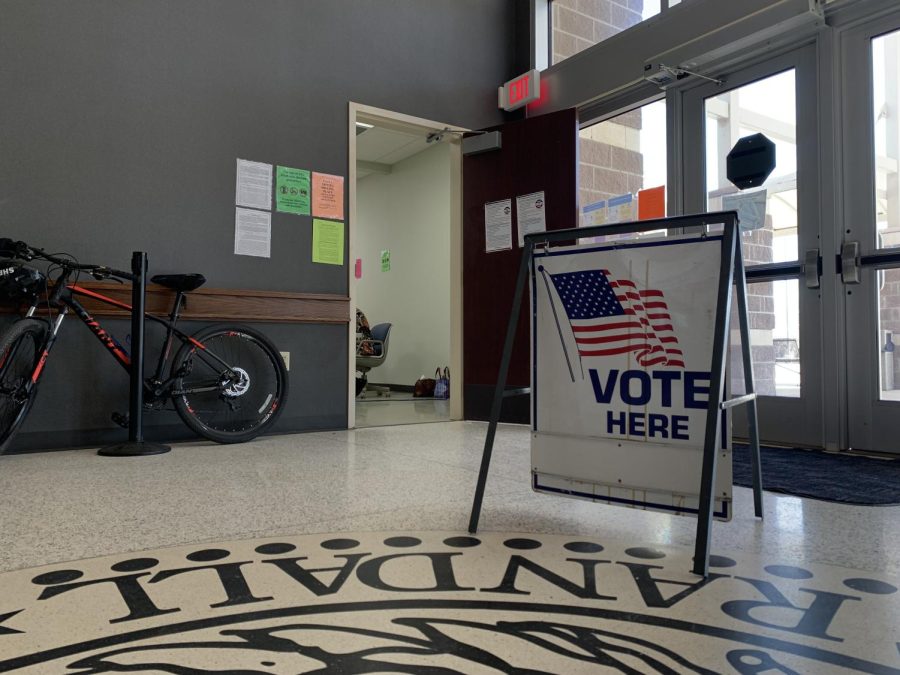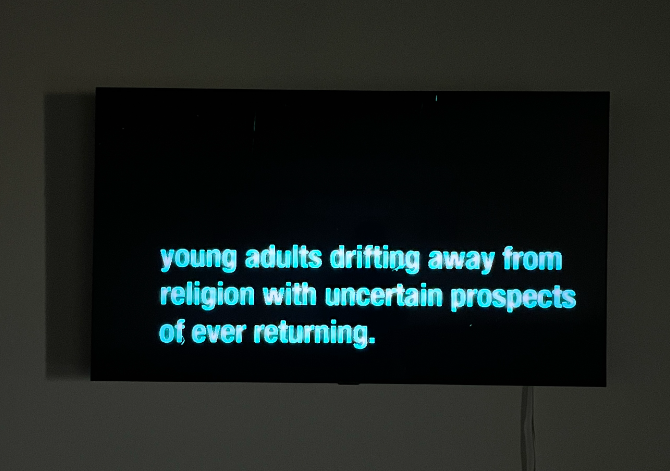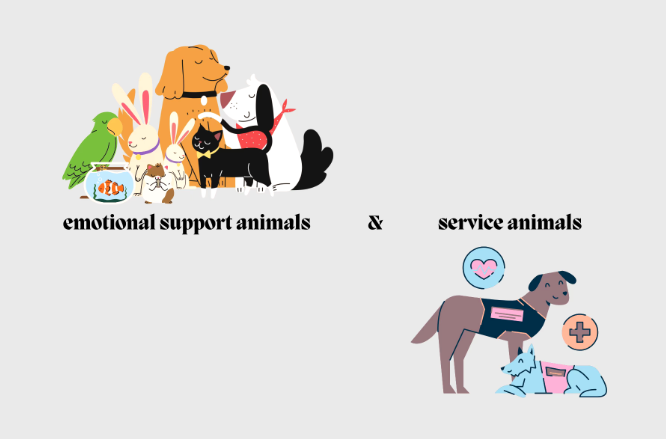Educational level increases earnings, which may encourage more people to finish high school and pursue further education.
The trend at Amarillo High School has been slightly higher than the state average of high school graduates even though the total number of high school graduates has declined slightly between 2003 and 2009.
According to the U.S. Census Bureau, education has paid off with the more educated workers earning more money. In 1975, only 63 percent of adults had a high school diploma, while in 2000, 84 percent did. In 1975, only 14 percent had a bachelor’s degree or higher while in 2000, 26 percent had at least a bachelor’s degree. An increase in earnings is associated with each increasing educational level.This is the experience of local residents Melissa Rhodes, a 22 year old single mother of two children ages two and one, and Maria Coronado, married mother of three teenagers. They both said they would finish high school if they could do it over again.
“I could have a better job. I could not be struggling,” said Rhodes. “I could financially provide food and clothes for my kids without food stamps and stuff, and pay cash up front.”
Coronado is currently unemployed, but will take her last test to complete her GED this month.
“A high school diploma helps you find a better job and go to college,” said Coronado. “I tell my kids I want them to succeed and not have to work in fast food places all their lives. A better education will get them a better job.”
A high school education followed by a college degree has served local high school teacher Richard La Mascus well. He sees more than money as his reward for acquiring education.
“Education provides more than income,” said La Mascus. “It provides a lot of choice in life where you can do more. Frankly, my wife and I both have a good quality of life and we’re happy. Choice is as important as the money.”
Education is still proving itself useful for La Mascus as he gets older.
“Education makes me more money with my mind and I don’t have to worry about the physical exertion as much,” said La Mascus. “Something a lot of young people don’t take into account. Hurt yourself like I have, then you’re out of luck if you don’t have an education.”
La Mascus hurt his back when he was younger and it still limits what he can lift up without experiencing pain.
Before moving into education, La Mascus worked a program called Moving into Tomorrow, which helped single parents get a GED and get or keep a job. This job helped him decide he wanted to become a teacher.
“About 90 percent of my efforts were a big waste because there was more than an education barrier there,” said La Mascus. “I reached a point where I wanted to reach people at an age where it wasn’t too late. Why I teach, hoping to make a difference and instill the importance of value on education.”
The gap between the wages of workers with high school diplomas, and workers without high school diplomas, has also grown. In 1975 workers without a high school diploma earned 0.9 times what a worker with a high school diploma made and by 1999 workers without a high school diploma earned only 0.7 times the average of high school graduates.














